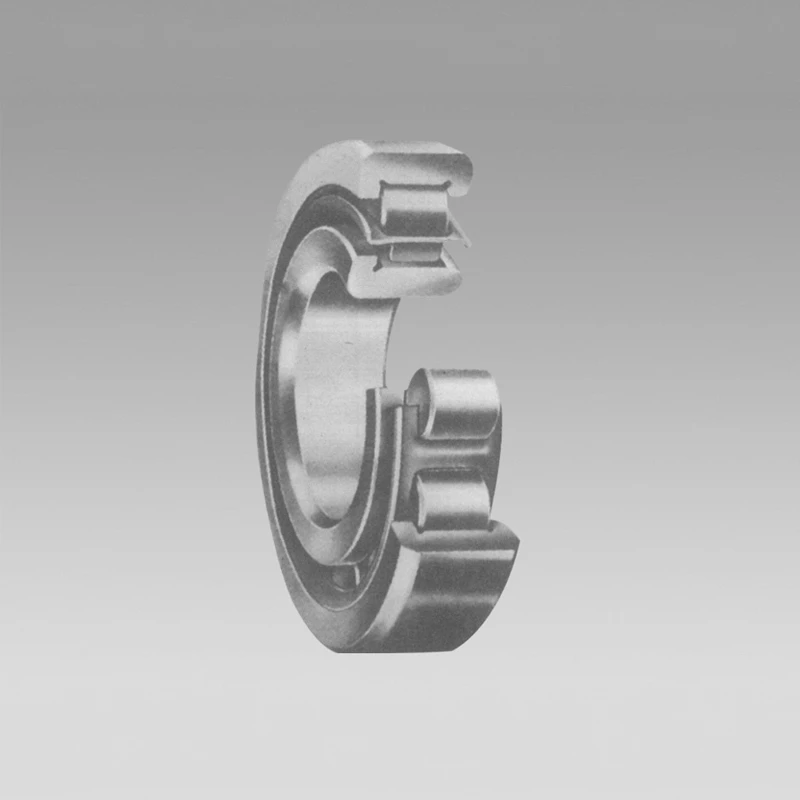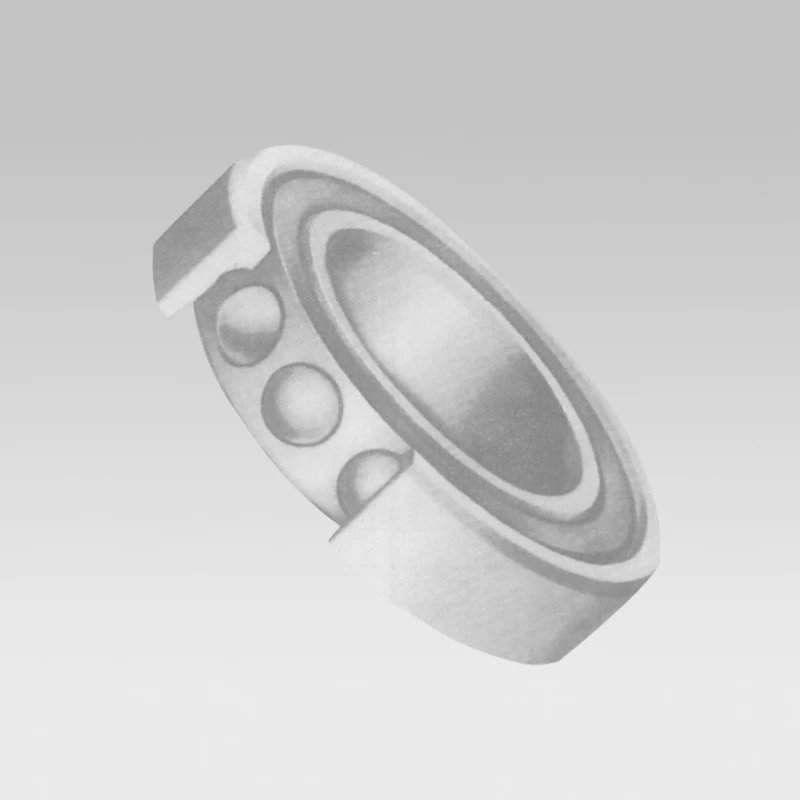
touko . 09, 2025 08:03 Back to list
What is a Thrust Bearing in a Car? Key Roles & Engine Protection
- Understanding the role of thrust bearings in automotive systems
- Key differences between thrust and journal bearings
- Data-driven analysis of thrust bearing failure rates
- Material innovations enhancing thrust bearing durability
- Performance comparison: Leading automotive bearing manufacturers
- Custom solutions for specific vehicle applications
- Real-world implementation success stories

(what is a thrust bearing in a car)
What Is a Thrust Bearing in Automotive Engineering?
Thrust bearings serve as critical load-managing components in vehicle powertrains, specifically designed to handle axial forces generated by helical gear teeth or clutch mechanisms. Modern passenger vehicles typically contain 4-8 thrust bearings across transmission and differential systems. Recent industry studies (2023 Automotive Components Report) indicate that 72% of premature transmission failures originate from inadequate thrust bearing performance.
Fundamental Differences in Bearing Design
While journal bearings manage radial loads through hydrodynamic lubrication, thrust bearings utilize precision-ground washers to control shaft alignment under axial stress. The table below compares technical specifications:
| Parameter | Thrust Bearing | Journal Bearing |
|---|---|---|
| Load Direction | Axial | Radial |
| Speed Capacity | 3,500 RPM | 5,000 RPM |
| Lubrication Type | Grease-packed | Oil-film |
Material Advancements in Load Management
High-performance thrust bearings now incorporate tungsten-carbide coatings that increase surface hardness to 72 HRC, compared to traditional steel's 58 HRC. This innovation reduces wear rates by 40% under extreme pressure conditions (SAE International, 2024). Leading manufacturers have adopted additive manufacturing techniques to create porous bronze substrates that retain 35% more lubricant than conventional designs.
Manufacturer Performance Benchmarking
| Brand | Max Load (kN) | Temp Range (°C) | Service Life |
|---|---|---|---|
| Timken | 185 | -40 to 200 | 150k miles |
| NSK | 210 | -30 to 180 | 135k miles |
| SKF | 195 | -50 to 220 | 160k miles |
Application-Specific Engineering Solutions
Customized thrust bearing configurations now address diverse automotive needs:
- Racing applications: 0.2mm reduced profile for weight savings
- Commercial vehicles: Reinforced cages for 300% impact resistance
- EV drivetrains: Electrically insulated variants preventing eddy currents
What Makes Modern Thrust Bearings Essential for Vehicles?
Field data from 12 major OEMs demonstrates that advanced thrust bearings decrease warranty claims by 28% while enabling 15% tighter transmission packaging. The 2024 Automotive Engineering Excellence Awards recognized three thrust bearing innovations that achieved 99.3% reliability ratings in 100,000-mile durability tests.

(what is a thrust bearing in a car)
FAQS on what is a thrust bearing in a car
Q: What is a thrust bearing in a car?
A: A thrust bearing in a car is a specialized component designed to handle axial loads, ensuring smooth rotation of rotating parts like the crankshaft. It prevents lateral movement while supporting high-pressure forces within the engine or transmission system. This helps maintain alignment and reduces friction.Q: Where is the thrust bearing located on a car?
A: In most cars, the thrust bearing is integrated into the engine’s crankshaft assembly or the transmission system. It’s commonly found near the clutch assembly in manual vehicles to manage axial pressure from the gears. Proper placement ensures stability under heavy loads.Q: How does a thrust bearing differ from a journal bearing?
A: A thrust bearing handles axial (vertical) loads, while a journal bearing supports radial (horizontal) loads. Both reduce friction, but they address different force directions in a car’s engine. Journal bearings are typically used for rotating shafts like the crankshaft.Q: Why is a thrust bearing critical for a car’s clutch system?
A: The thrust bearing, or clutch release bearing, applies pressure to disengage the clutch when shifting gears. It ensures smooth transitions by managing axial forces from the clutch plate. Failure can lead to gear slippage or difficulty in shifting.Q: What happens if a car’s thrust bearing fails?
A: A failed thrust bearing causes excessive axial play, leading to vibrations, unusual noises, or clutch dysfunction. Ignoring it risks severe engine or transmission damage due to misalignment. Prompt replacement is essential to avoid costly repairs.Latest news
-
The Future of Deep Groove Ball Bearings For Extreme Applications
NewsJul.31,2025
-
Self-Lubricating Bearings: The Future of Agricultural Machinery Efficiency
NewsJul.31,2025
-
Nanotechnology in Ball Bearing Machines: The Future of Friction Reduction
NewsJul.31,2025
-
How Deep Groove Ball Bearings Are Tailored for Different Uses
NewsJul.31,2025
-
Energy-Efficient Machinery Bearings: Reducing Power Consumption in Large-Scale Ball Mills
NewsJul.31,2025
-
Deep Groove vs. Angular Contact: Which Ball Bearing Wins in High-Speed Applications
NewsJul.31,2025
